Imagine your home as a sanctuary from the outside world, where comfort and efficiency go hand in hand. Traditional asphalt shingle roofs, while familiar, often act like sponges, soaking up sunlight and turning your attic into a hotbox. This excess heat seeps into your living spaces, driving up your energy bills and compromising your
comfort.
Cool Roof
Cool roofs are designed with a dual-purpose approach, combining both reflective and thermal insulation technologies to create a comprehensive solution.
By reflecting the sun’s rays away from your home, cool roofs prevent excessive heat from being absorbed into your living spaces. This alone can significantly reduce the need for air conditioning during hot months. But it doesn’t stop there.

The incorporation of advanced thermal insulation further enhances the effectiveness of cool roofs by minimizing heat transfer. This means that even if some sunlight manages to penetrate, the insulation acts as a barrier, preventing that heat from seeping into your home.
It’s this powerful combination of reflection and thermal insulation that makes cool roofs such an effective and efficient solution for reducing energy costs while maintaining comfort levels year-round. With these technologies working in tandem, you can enjoy a cooler home in the summer, a warmer one in the winter, and substantial savings on your energy bills throughout the year.
Best Cool Roof Materials
Rockwool, also known as mineral wool or stone wool, is a highly effective material used in the construction of cool roofs. It’s considered one of the best options due to its unique properties that address multiple concerns simultaneously.
Firstly, Rockwool is an exceptional thermal insulator, meaning it effectively controls the transfer of heat. By installing Rockwool insulation beneath the roof surface, it acts as a barrier, preventing heat from entering the building during hot weather and escaping during cold weather. This helps to maintain comfortable indoor temperatures year-round while reducing the need for excessive heating or cooling.
Secondly, Rockwool provides excellent sound insulation properties. Its dense structure absorbs sound waves, reducing noise transmission between interior and exterior spaces. This creates a quieter and more peaceful indoor environment, enhancing comfort and productivity for occupants.
Lastly, Rockwool is inherently fire-resistant. Made from natural stone fibers that are non-combustible, it offers unparalleled fire protection compared to other insulation materials. In the event of a fire, Rockwool insulation can help to contain the spread of flames and limit damage to the building structure, providing valuable time for evacuation and firefighting efforts.
Considering these benefits, Rockwool is highly recommended for use in cool roof systems, especially in conjunction with drop ceiling installations. By incorporating Rockwool insulation into the building envelope and utilizing drop ceilings for added thermal and acoustic performance, occupants can enjoy enhanced comfort, energy efficiency, and safety.

Rockwool’s versatility extends beyond just roofing applications; it can also be effectively used for insulating walls. Its exceptional thermal insulation properties make it a valuable choice for improving energy efficiency and comfort throughout the entire building envelope.
When used in wall insulation, Rockwool helps to regulate indoor temperatures by minimizing heat transfer through exterior walls. This not only reduces heating and cooling costs but also enhances occupant comfort by maintaining more stable indoor temperatures year-round.
Cooling Sheet
There are indeed various types of radiant barriers available, each with its own set of characteristics and benefits. Among them, materials such as XLPE (cross-linked polyethylene foam), plain aluminum foil, and EPE foam (expanded polyethylene foam) are commonly used for their reflective properties and insulation capabilities.
XLPE is known for its durability and resistance to moisture, making it suitable for use in challenging environments. Plain aluminum foil, on the other hand, offers excellent reflectivity and is often used as a standalone radiant barrier or in combination with other insulation materials. EPE foam provides both thermal insulation and cushioning properties, making it versatile for various applications.
Regardless of the specific material used, reflective bubble sheeting serves as a cost-effective solution for controlling heat gain in buildings. By harnessing the power of reflective technology, these sheets help to minimize the transfer of radiant heat, thus reducing the need for excessive cooling and lowering energy costs.
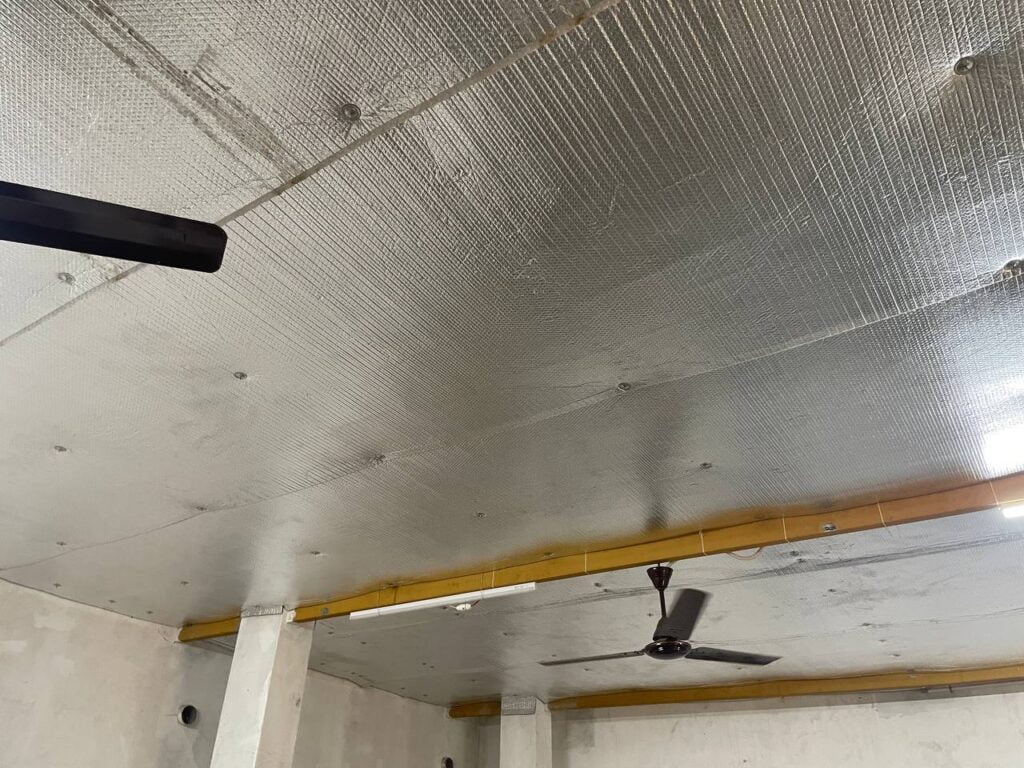
Whether it’s XLPE, plain aluminum foil, EPE foam, or other variations, the choice of radiant barrier depends on factors such as the climate, building design, and specific performance requirements. However, all these materials share the common goal of enhancing energy efficiency and comfort in buildings, making them valuable components of cool roof systems and insulation solutions.
Although not as comprehensive as Rockwool in terms of providing sound insulation or fire resistance, reflective bubble sheeting offers a simple and economical solution for managing heat gain. It’s particularly effective in hot climates where radiant heat is a primary concern. When used in combination with other insulation materials or cool roof coatings, reflective bubble sheeting can significantly improve the energy efficiency and comfort of buildings at a relatively low cost.
Conclusion
In conclusion, the implementation of cool roof systems presents a significant opportunity for homeowners and building owners to enhance energy efficiency, comfort, and sustainability. By incorporating a combination of reflective and thermal insulation technologies, cool roofs effectively mitigate heat gain, reduce energy consumption, and lower utility bills. Materials such as Rockwool provide comprehensive insulation solutions, offering benefits beyond just thermal regulation, including sound insulation and fire resistance. Additionally, reflective bubble sheeting offers a cost-effective method for controlling heat gain by reflecting radiant heat away from buildings. Whether it’s Rockwool for superior insulation in roofs and walls or reflective bubble sheeting for simple yet effective heat reduction, the choice of materials depends on factors such as climate, building design, and performance requirements. Overall, the adoption of cool roof systems, coupled with the use of appropriate insulation materials, represents a sustainable and economically viable strategy for improving building performance and reducing environmental impact.
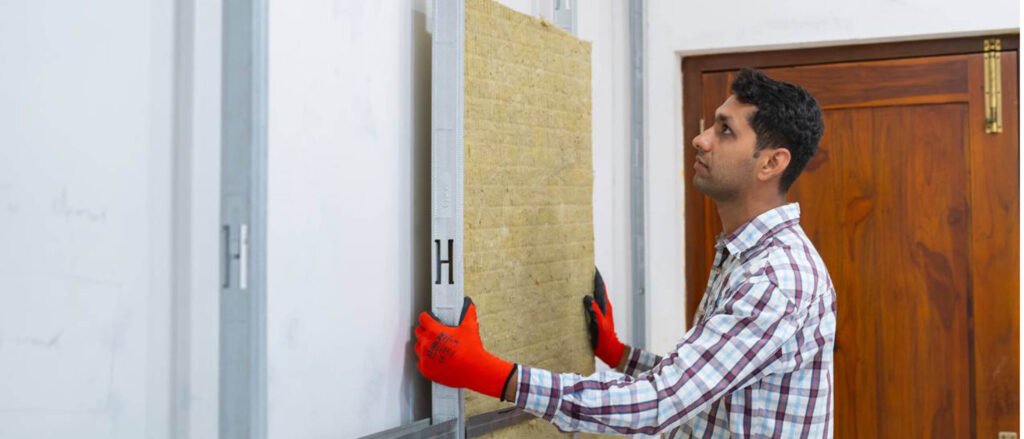


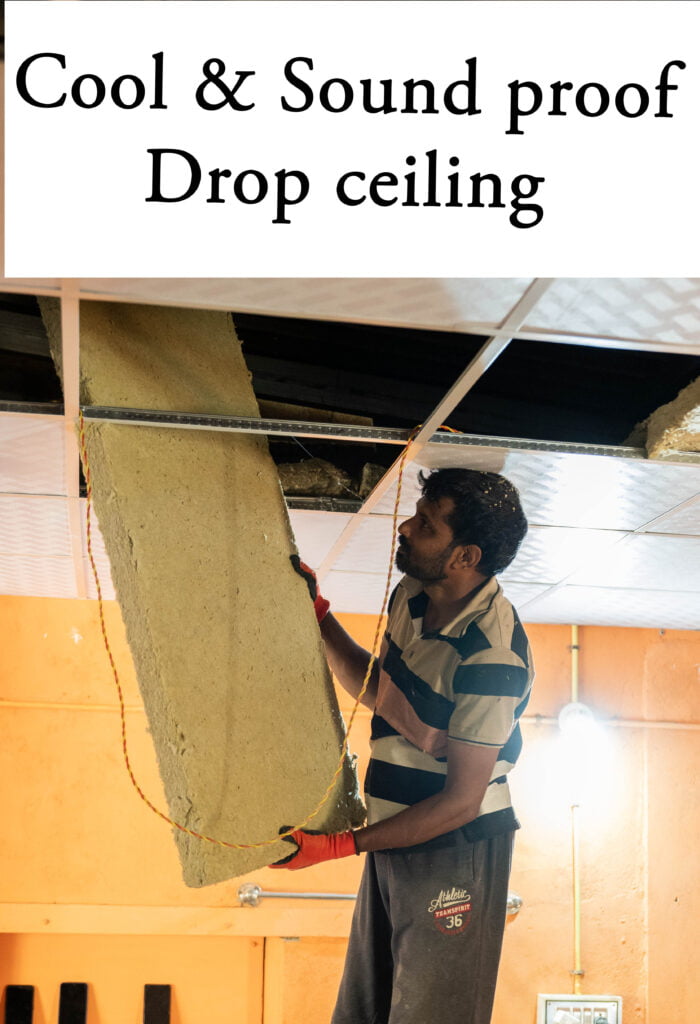

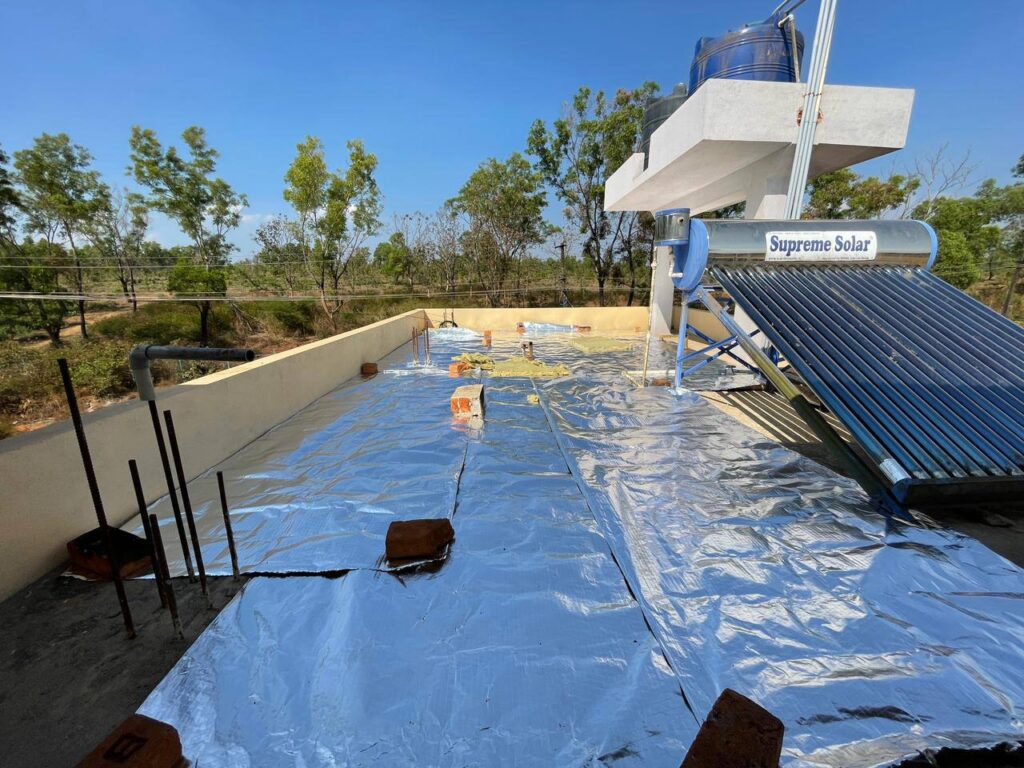
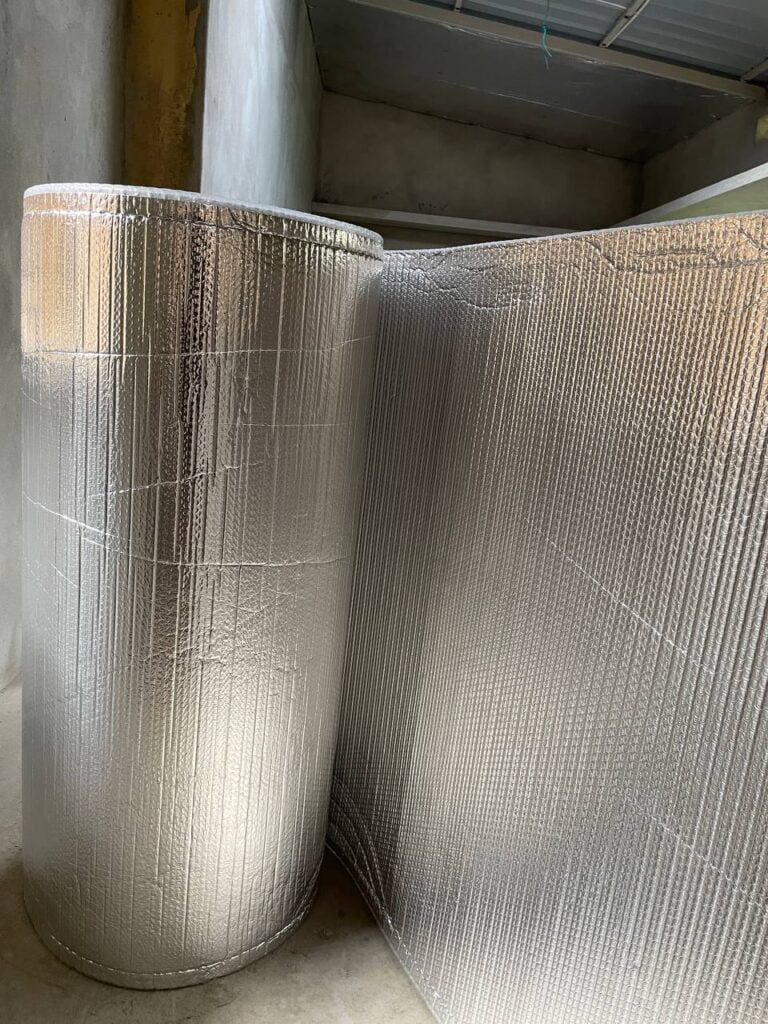
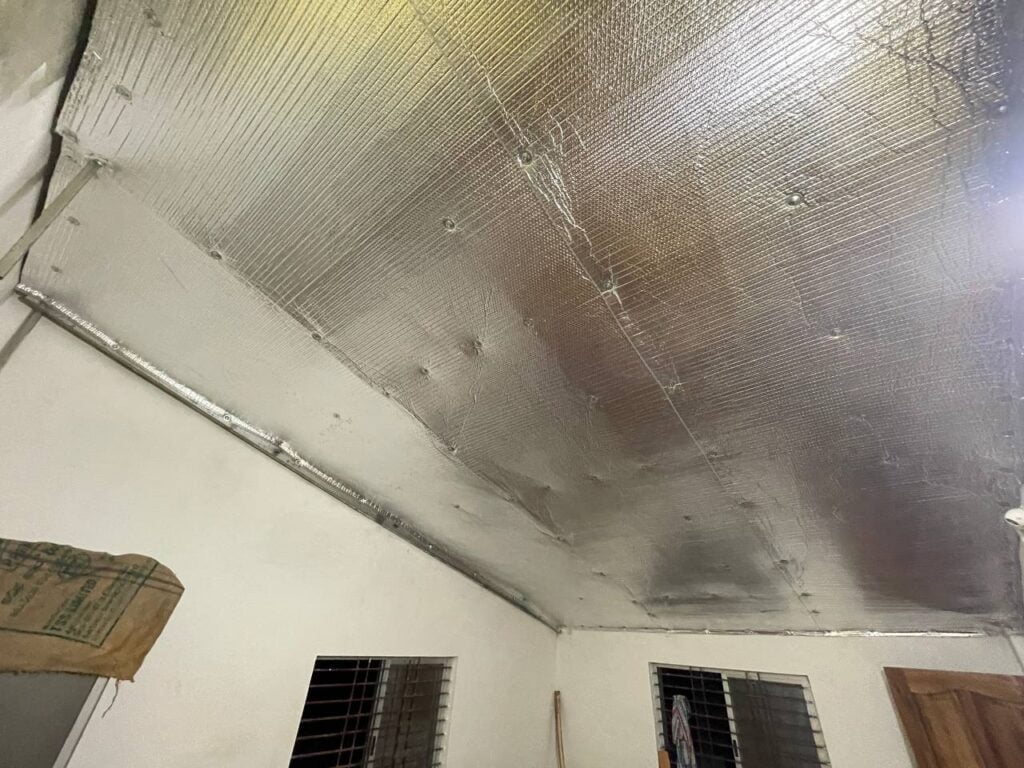
FAQ
Can I retrofit my existing roof to make it a cool roof?
Yes, existing roofs can often be retrofitted with cool roof sheets to improve their reflective properties. Consult with a roofing professional to determine the best retrofit options for your roof type and condition.
How long does a cool roof last?
The lifespan of a cool roof depends on factors such as the quality of materials used, installation techniques, and maintenance practices. On average, cool roofs can last 10 to 20 years or more with proper care and maintenance.
